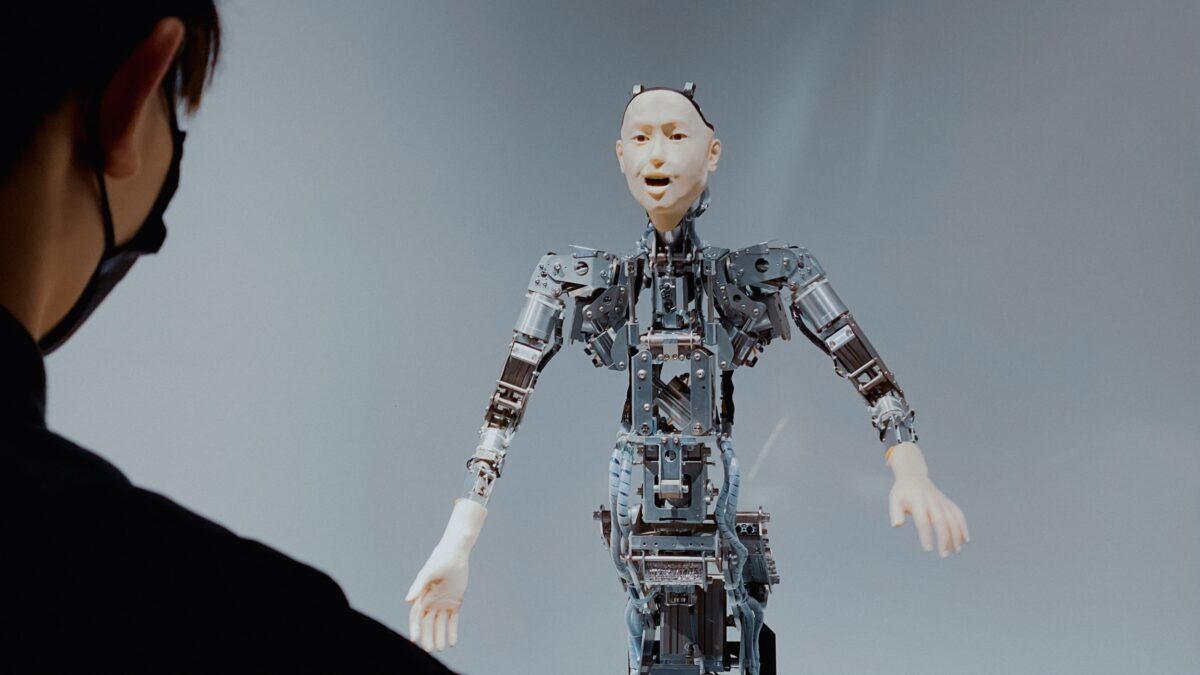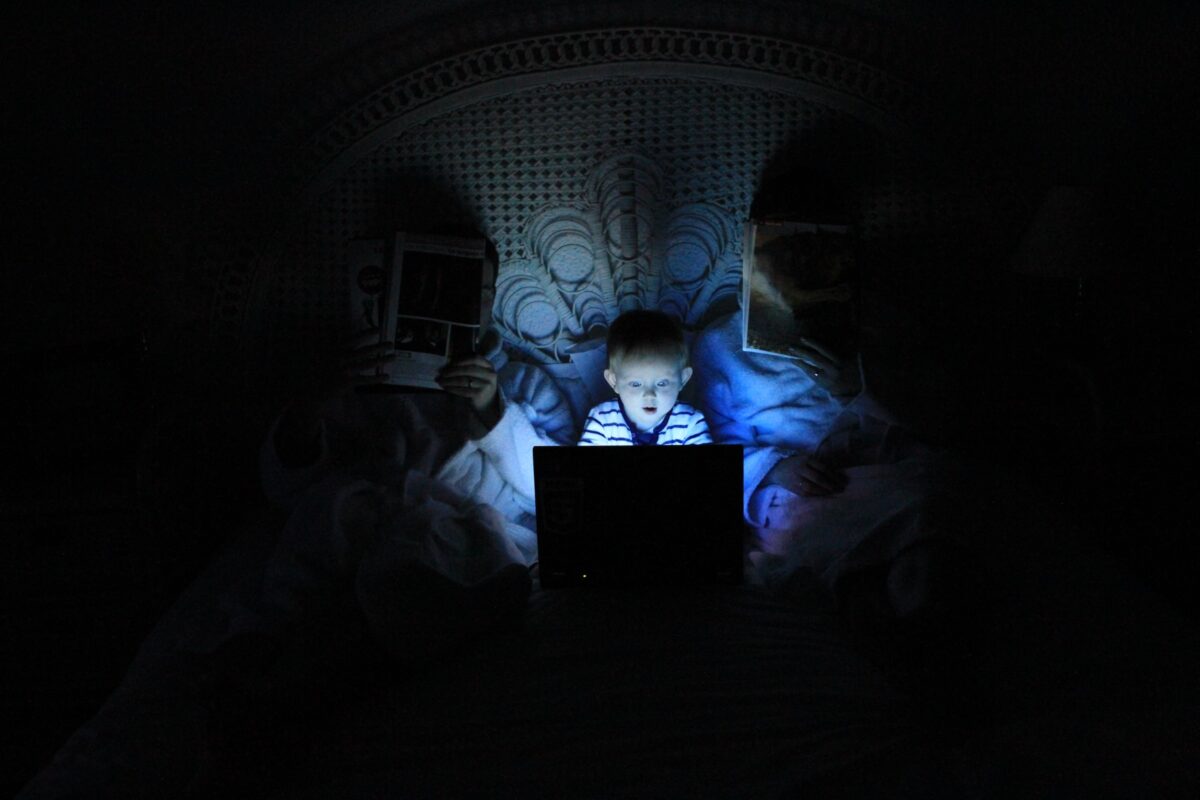Put into music, telescope perceptions of the focal point of the Milky Way make a serene tune, sparkling with xylophone and piano notes. The notable Pillars of Creation in the Eagle Nebula, then, solid like a shocking science fiction score. Also, the supernova leftover Cassiopeia A will be a broad ensemble.
These melodic versions, or sonifications, were delivered on September 22 by NASA’s Chandra X-beam Center. “Tuning in to the information gives [people] another measurement to encounter the universe,” says Matt Russo, an astrophysicist and performer at the cosmology outreach venture SYSTEM Sounds in Toronto.
Sonification can make grandiose ponders more open to individuals with visual deficiency or visual disabilities, and supplement pictures for located students. Framework Sounds collaborated with Kimberly Arcand, a perception researcher at the Harvard-Smithsonian Center for Astrophysics in Cambridge, Mass., to make the new pieces.
Christine Malec, an artist and space science devotee who is visually impaired, clearly reviews the principal sonification she ever heard — a delivering of the TRAPPIST-1 planetary framework that Russo played during a planetarium show in Toronto. “I had goosebumps, since I sensed that I was getting a weak impression of what it resembles to see the night sky, or a cosmological wonder,” she says. Music bears the cost of information “a spatial quality that cosmic wonders have, however that words can’t exactly pass on.”
The new interpretations consolidate information from various telescopes tuned to various sorts of light. The sonification of a picture of the Milky Way’s middle, for example, incorporates perceptions from the Chandra X-beam Observatory, optical pictures from the Hubble Space Telescope and infrared perceptions from the Spitzer Space Telescope. Clients can tune in to information from each telescope alone or the threesome in concordance.
As a cursor skillet from left to directly over the picture of the galactic focus, demonstrating a 400-light-year territory, Chandra X-beam perceptions, played on the xylophone, follow fibers of superhot gas. Hubble perceptions on the violin feature pockets of star arrangement, and Spitzer’s piano notes light up infrared billows of gas and residue. Light sources close to the head of the picture play at higher pitches, and more splendid articles play stronger. The tune crescendos around a brilliant district in the lower-right corner of the picture, where shining gas and residue cover the world’s supermassive dark opening.
Layering the instruments on head of one another gives the perceptions a component of surface, Malec says. “It engaged my melodic sense, since it was done in an amicable way — it was not conflicting.”
That was intentionally. “We needed to make a yield that was deductively exact, yet in addition ideally ideal to tune in to,” Arcand says. “It involved creation sure that the instruments played together in orchestra.”
In any case, dissonant sounds can likewise can be instructive, Malec says. She focuses to the new sonification of supernova remainder Cassiopeia A: The sonification follows synthetic components all through this extraordinary tuft of heavenly trash utilizing notes played on stringed instruments. Those notes make a pretty concordance, however they can be hard to differentiate, Malec says. “I would have picked altogether different instruments” to make it simpler for the ear to follow — maybe a violin matched with a trumpet or an organ.
While sonification is an important apparatus to get the public intrigued by cosmology, it additionally can possibly enable proficient stargazers to investigate information, says Wanda Díaz-Merced, a space expert who is likewise at the Harvard-Smithsonian Center for Astrophysics yet was not engaged with the venture.
Stargazers including Díaz-Merced, who is visually impaired, have utilized sonifications to contemplate stars, sun oriented breeze and grandiose beams. Also, in tests, Díaz-Merced has exhibited that located space experts can all the more likely select signals in datasets by dissecting sound and visual data together instead of depending on vision alone.
All things considered, endeavors to sonify space science datasets for research have been uncommon. Making information sonification a standard examination strategy would not just separate boundaries to seeking after space science research, however may likewise prompt numerous new revelations, she says.




